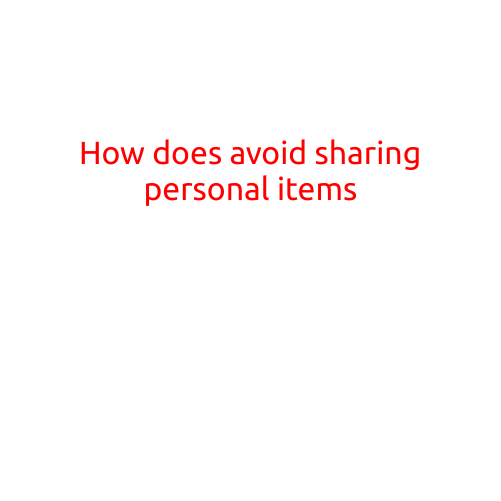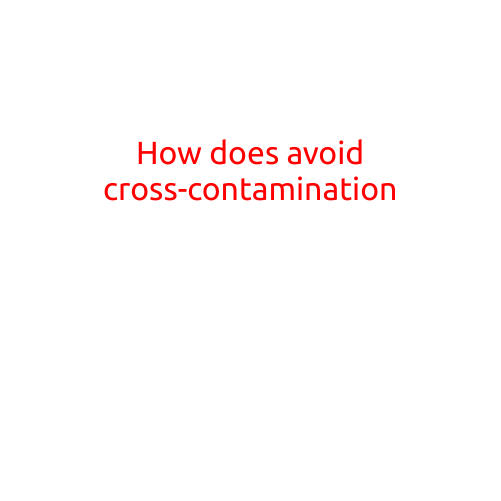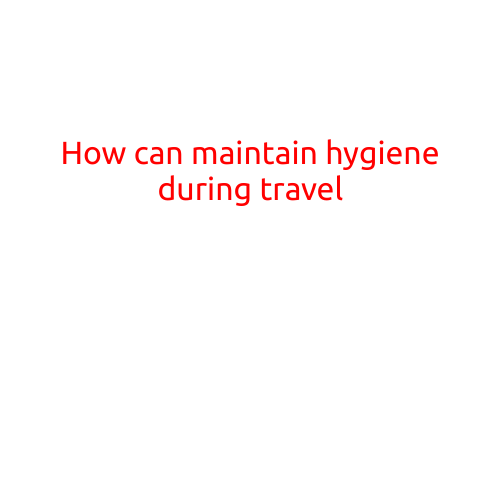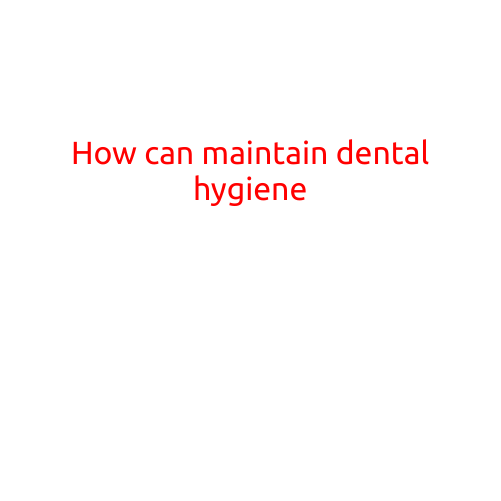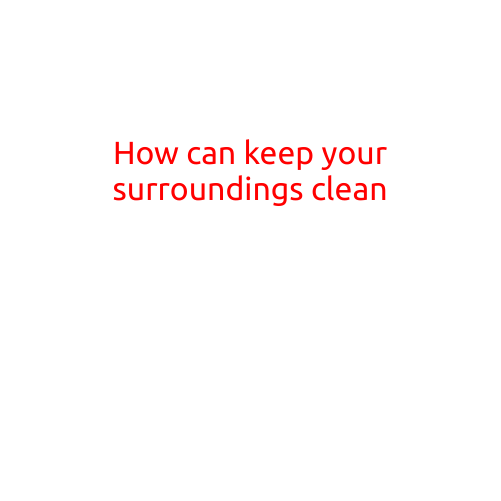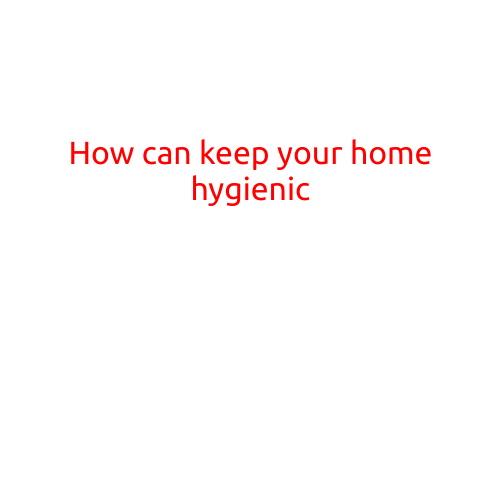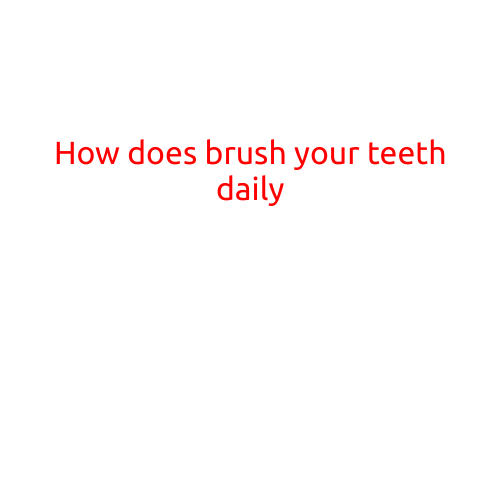
How to Brush Your Teeth Daily: A Step-by-Step Guide
Brushing your teeth is one of the most important habits you can have to maintain good oral health. It’s a simple yet effective way to remove plaque, bacteria, and food particles from your teeth and prevent problems like tooth decay, gum disease, and bad breath. In this article, we’ll cover the basics of brushing your teeth daily and provide a step-by-step guide to help you develop this habit.
Why is Brushing Your Teeth Important?
Brushing your teeth is essential for several reasons:
- Remove Plaque and Bacteria: Plaque, a sticky film of bacteria, can accumulate on your teeth and cause problems like tooth decay and gum disease. Brushing your teeth helps to remove this plaque and bacteria, reducing the risk of these oral health issues.
- Prevent Tooth Decay: When you eat, bacteria in your mouth feed on the sugars and starches in your food. The bacteria produce acid as a byproduct, which can cause tooth decay. Brushing your teeth helps to remove these acids and prevent tooth decay.
- Fresh Breath: Brushing your teeth helps to remove food particles and bacteria that can cause bad breath.
- Gum Health: Brushing your teeth helps to remove plaque and bacteria that can accumulate at the base of your gums, leading to gum disease.
The Right Technique:
To brush your teeth effectively, follow these steps:
- Choose the Right Toothbrush: Select a toothbrush with soft bristles and a small head that can reach all areas of your mouth. You can also consider using an electric toothbrush, which can be more effective at removing plaque and bacteria.
- Use the Right Toothpaste: Choose a toothpaste that has the American Dental Association (ADA) Seal of Acceptance, which ensures that it has met certain standards for effectiveness and safety.
- Brush Your Teeth for the Right Amount of Time: Brush your teeth for at least two minutes, twice a day. You can use a timer or a song to help the time pass.
- Brush All Areas of Your Mouth: Brush all surfaces of your teeth, including the front, back, and top. Don’t forget to brush your tongue and the roof of your mouth, as bacteria can accumulate in these areas.
- Use the Right Brushing Motion: Use gentle circular motions to brush your teeth, applying gentle pressure. Avoid using too much pressure, which can damage your gums and tooth enamel.
- Pay Special Attention to Trouble Spots: Pay special attention to areas where your teeth and gums meet, as this is a common location for plaque and bacteria to accumulate.
Additional Tips:
- Replace Your Toothbrush Regularly: Replace your toothbrush every three to four months or sooner if the bristles become frayed.
- Don’t Forget to Brush Your Children’s Teeth: Teach your children to brush their teeth regularly and supervise them until they are old enough to do it themselves.
- If You Wear Dentures or Implants: Brush your dentures or implants as directed by your dentist or dental hygienist.
Conclusion:
Brushing your teeth is a simple yet effective way to maintain good oral health. By following the steps outlined in this article and investing just two minutes of your day, you can help to prevent problems like tooth decay, gum disease, and bad breath. Remember to choose the right toothbrush and toothpaste, brush all areas of your mouth, and replace your toothbrush regularly. With these simple steps, you can keep your teeth and mouth healthy for years to come.
